8 destinations for science enthusiasts
Going to the Florida Keys or Atacama Desert in the summer, experts or science lovers can witness and observe the unique natural phenomena.
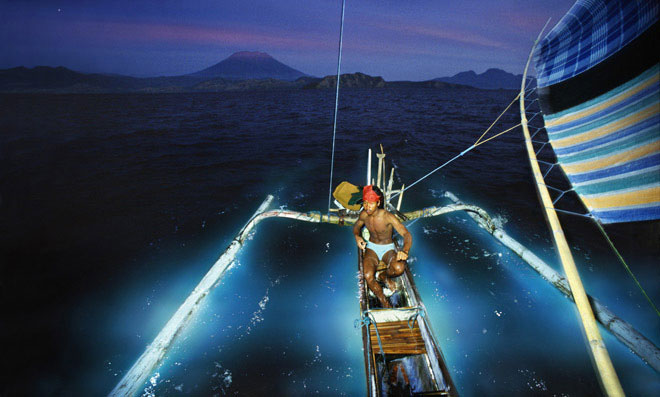
California, Australia, Puerto Rico or Indonesia (photos) are the places where luminescent creatures can be witnessed from April to June.
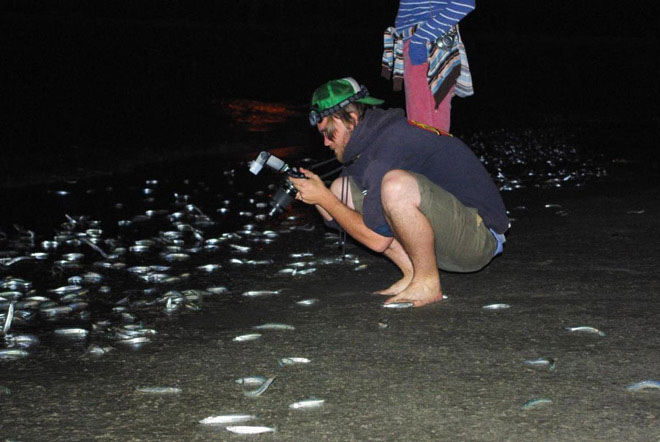
At the beginning of June every year, researchers often go to Cabrillo beach, southern California, USA, to catch the "walking grunion fish" phenomenon at night.This is also the breeding season for this fish.
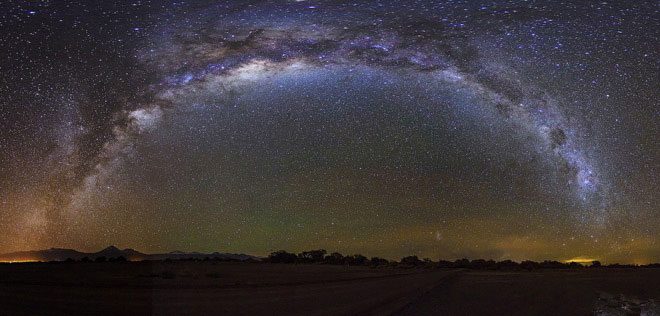
Atacama Desert, Chile, is the choice to observe and study the Milky Way bands.
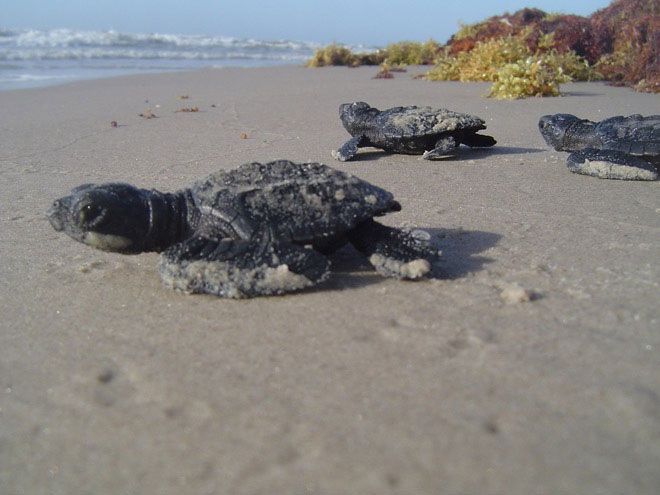
Around June, July, the Florida Keys peninsula, USA, will start the first sea voyage.This is the destination of marine biologists.

On June 21 every year, thousands of people gather at the ancient stone beach of Stonehenge, England, to watch the sun rise.
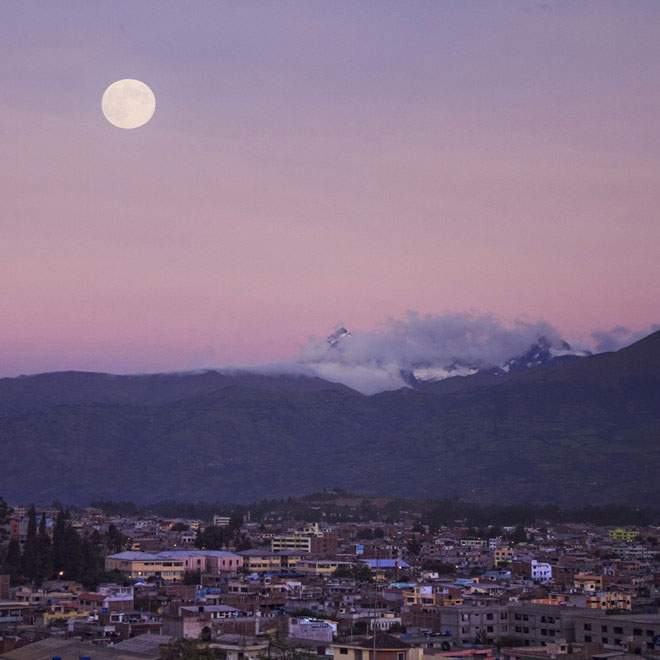
As predicted by astronomers, this year's super moon phenomenon will appear on August 10 and the most clearly observed place is Mount Chimborazo in Ecuador.Scientists think this is also the place on Earth closest to the Moon.
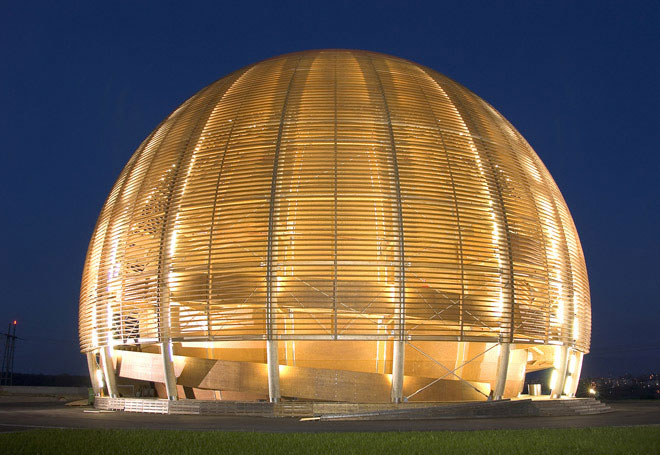
The world's largest particle physics laboratory built by the European Nuclear Research Organization (CERN) in Geneva, Switzerland.On the occasion of the 60th anniversary of the laboratory's launch, the public will be visiting this place in September, including the world's largest and most powerful particle accelerator, the Large Hadron Collider.

Kīlauea is one of the most active volcanoes on Earth.Researchers and scientific enthusiasts are allowed to visit the area on August 25 this year.
- 10 spectacular destinations are about to disappear on Earth
- Da Lat entered the top destinations of Asia
- 10 best destinations in Vietnam in foreign newspapers
- 'TV enthusiasts' can stop death
- Fashion watches for fitness enthusiasts
- Gorgeous photo series of wild animals in nature
- Discovered the Buddha statue on Mars
- 10 destinations cannot be missed when coming to Brazil
- Stunning little-known destinations
- UFO's favorite destinations
- 4 ideal tourist destinations for 2016
- Brilliant moments interfere between science and painting
 'Fine laughs' - Scary and painful torture in ancient times
'Fine laughs' - Scary and painful torture in ancient times The sequence of numbers 142857 of the Egyptian pyramids is known as the strangest number in the world - Why?
The sequence of numbers 142857 of the Egyptian pyramids is known as the strangest number in the world - Why? History of the iron
History of the iron What is alum?
What is alum? The Strange Story of June and Jennifer Gibbons, the 'Silent Twins' Who Only Talk to Each Other
The Strange Story of June and Jennifer Gibbons, the 'Silent Twins' Who Only Talk to Each Other  Singapore confirms first case of monkeypox
Singapore confirms first case of monkeypox  Admire the interesting and rare phenomenon: The Seven Stars Meet the Moon!
Admire the interesting and rare phenomenon: The Seven Stars Meet the Moon!  From A to Z everything you need to know about the Queen's Platinum Celebration
From A to Z everything you need to know about the Queen's Platinum Celebration  6 interesting astronomical phenomena are about to appear in Vietnam
6 interesting astronomical phenomena are about to appear in Vietnam  Discovered a merchant ship wreck over 2,000 years under the Greek sea
Discovered a merchant ship wreck over 2,000 years under the Greek sea 